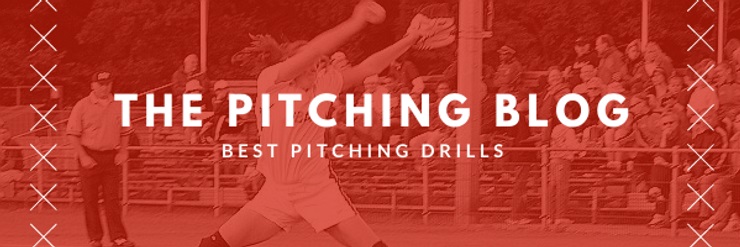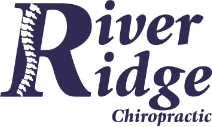The Best Pitching Drills

Are you doing drills before pitching but feel like they are pointless? Do you even do drills? Are you using your drills to warm up your arm or work on things? Let me ask you a question: Have you ever stopped to think what the purpose of your drills were? This should be the very first question you ask yourself before doing them. What is my purpose today?
So let’s chat some more about this. Drills don’t have to be mundane or boring. They are actually very important. Do you know what the most important part of the pitch is? Do you know what the most important meal of the day is? Breakfast…why yes, yes it is. It is the first thing your body gets after it has been fasting all night. It is the meal that drives the day forward. It is the meal that sets you up for success. Now, can you guess what the most important part of the pitch is? What’s the one thing that fuels everything else, that drives everything else to work, is the first thing you should work on when learning a new pitch, and without it, your pitches won’t work? If you said snap, you would be correct. A good snap will change you from a thrower to a pitcher. A great spin will make you a great pitcher.
Most important part of the pitch? Your Snap
Drills should be used to work on things specifically, if that’s your purpose. Need to have a better wrist snap? Do snaps. If you are working on your finish? Do a drill specific for that. Working on drive outs? Let’s do them. Too many people try to work on the small details from the mound and I hate to break it to you but pitching on the mound is like the game for softball. You don’t work on many things there, that’s where you put it all together. The mound is for the final result- hitting spots, speed, making your pitches hop and wiggle, and for working a pitching count. But to be able to work on those, you have to have the pieces first. If you do lessons with me, we focus majority on drills because if you can’t spin the ball in wrist snaps or 12 o’clocks, how can you expect to do it when you are full pitching. Pitching off the mound is the final test for your drills.
Okay, you should get the picture by now…drills are important. Now, there are many out there. Which ones do you do? Well, that depends (talk to your specific pitching coach). But let’s dive into my favorites, some that will work on things specifically, and not used in your daily warm up.

Best Drills E.V.E.R.
I am a huge supporter for working on strength in our field by adding specific drills to accomplish this. We need more than just what a weight room can supply. (These are in addition to your regular drills and strength programs).
- Wrist strength and speed: Performing your wrist snap and grip strength in a bucket of resistance. Get a bucket and fill it with rice, sand, etc. You will probably need to get on your knees or put the bucket on a chair. For strength, you will work through your snaps and spins with your full hand submerged in. For speed, have just your fingers sliding across the top and see how fast you can move the rice (sand, etc) back and forth.
- Spin perfection: There are many drills for this. My favorites include golf balls, spinners, and big balls. The golf balls: You will need 2. You want to move these balls in a circle in your hand, having your fingers go through your spins. Added fun- go through your motion while moving the balls around in your hand. It’s fun. For the spinner, this is to identify how your ball is spinning. Ideal result is the spinner is spinning like a spiral- smooth and in the direction you are wanting. It allows you to identify what your spins are doing and how they are moving. For the big ball, this will work on the speed of your spin. Making your wrist work through a riseball spin with an enlarged softball will help you spin the smaller ball with a greater spin rate.
- Weighted Ball: This works on strength of the wrist and forearm. Using this for your spins, mainly fastball, will allow for development of the muscles in this specific movement. I encourage spins only to start, with a distance routine added. My one piece of advice for this: NEVER USE THIS PAST THE 12 O’CLOCK POSITION- AKA, no full circles!
- Resistance Bands: These can be used in a variety of ways and for a variety of reasons. They can be used on your ankles and can work on your drag. Can be used for you pitching arm to work on your finish into your snap. Can be used by both arms to work on the pull between your glove and pitching arm. Can be used around your waist to work on power. Whatever is needing it, you can use a resistance band to help. I have specific drills I like for this, but that information is obtained in a one-on-one format.
- Balance Beam: My favorite. No, not like the gymnastics kind where you are high in the air perform acrobats. But a beam that’s on the ground to perform all of your drills on. Yes, ALL OF YOUR DRILLS can be performed on this (if your balance is in check. And here is a kicker, you should be able to full pitch on it as well. This board needs to be longer than your drive out and of course not high, so no ankles are in jeopardy. But this was my favorite drill
Wrist strength and speed, drive out power, and balance help produce an overall balanced pitch.
Stay tuned for my favorite softball shoulder exercises. As much as pitching specific drills are needed, you need to have strength in the supporting muscles to allow for a long, healthy pitching career.
Go to our Recommended products page to find some of these specific tools that will take your pitching to the next level.
